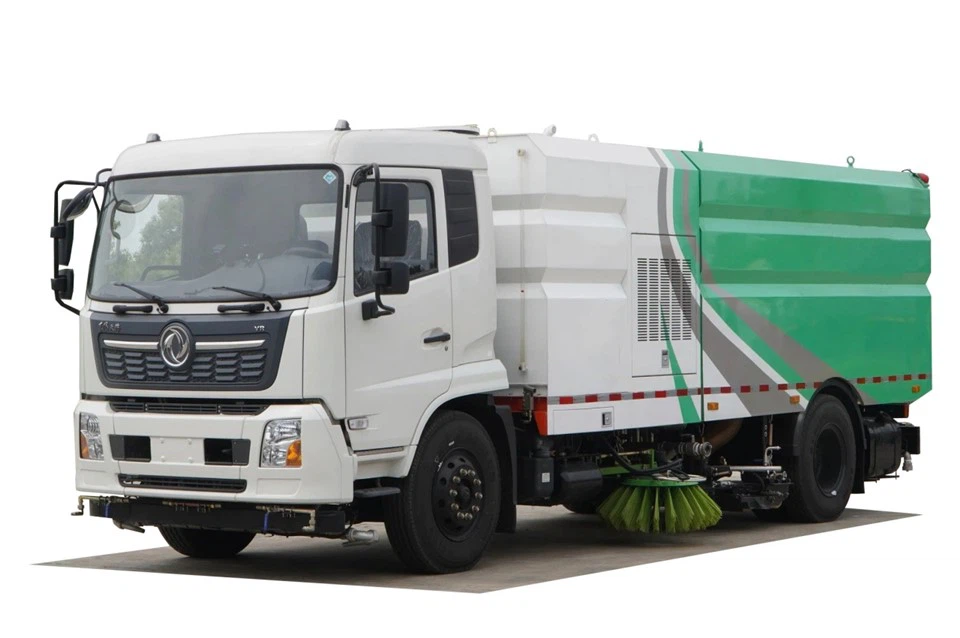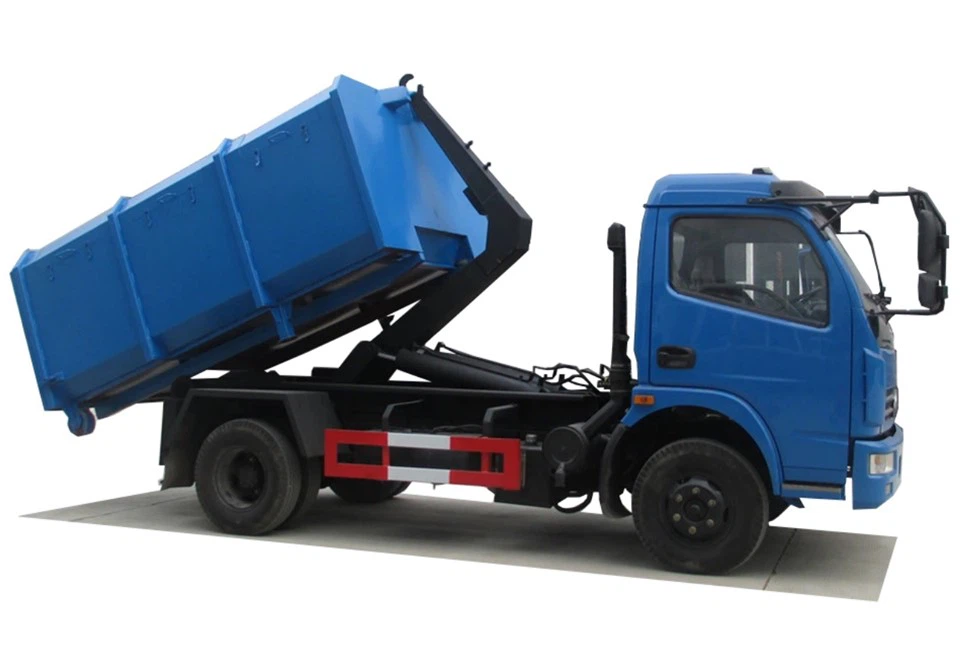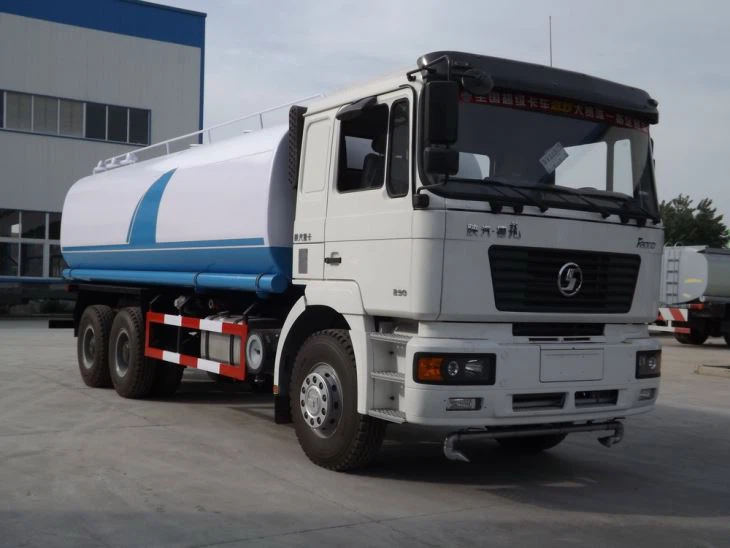Discovering the Best Rear Load Dumpsters for Sale: Your Comprehensive Guide

When it comes to managing waste effectively, having the right dumpsters is essential for both residential and commercial needs. Rear load dumpsters offer unique advantages that make them a popular choice among businesses and contractors alike. In this comprehensive article, we’ll explore everything you need to know about rear load dumpsters for sale, from their features and benefits to practical tips for choosing the right one for your needs.
Table of Contents
- What Is a Rear Load Dumpster?
- Advantages of Rear Load Dumpsters
- Common Sizes and Capacities
- How to Choose the Right Rear Load Dumpster
- Where to Find Rear Load Dumpsters for Sale
- Cost Factors for Rear Load Dumpsters
- Maintenance Tips for Rear Load Dumpsters
- Real-Life Examples of Rear Load Dumpsters
- Frequently Asked Questions
What Is a Rear Load Dumpster?
A rear load dumpster is a type of waste container designed for easy access from the back. These dumpsters are typically utilized for commercial waste disposal, construction projects, or large residential cleanouts. They come with a special mechanism that allows garbage trucks to lift and empty the contents with minimal manual handling.

Key Features of Rear Load Dumpsters
- Access from the rear for easy loading
- Variety of sizes to accommodate different needs
- Durable construction for heavy-duty use
- Compatible with specialized trucks for efficient collection
Advantages of Rear Load Dumpsters
Choosing a rear load dumpster over other types comes with various advantages:
1. Enhanced Accessibility
The rear-loading design allows for easier access, making it simple to load bulky items without strenuous lifting.
2. Space Efficiency
These dumpsters are generally compact and can fit in smaller spaces while still offering large capacities.
3. Lower Collection Costs
With efficient rear-loading systems, waste collection companies can reduce costs, which may be passed on to consumers.
4. Versatile Applications
Ideal for both commercial and residential use, they are perfect for construction sites, restaurants, and office buildings.
Common Sizes and Capacities
Rear load dumpsters come in various sizes, typically measured in cubic yards. Here’s a quick overview of common sizes:
| Size (Cubic Yards) | Typical Use | Load Capacity (Approx.) |
|---|---|---|
| 2 | Small businesses, restaurants | 300-500 lbs |
| 4 | Retail stores, small construction jobs | 800-1,200 lbs |
| 6 | Medium-sized businesses | 1,200-1,800 lbs |
| 8 | Large operations, major construction | 1,800-2,500 lbs |
How to Choose the Right Rear Load Dumpster
Selecting the right rear load dumpster for your needs involves considering several factors:
1. Assess Your Waste Volume
Evaluate the amount and type of waste you will generate. This helps in selecting the most suitable size.
2. Consider the Waste Type
Different sizes and types of waste might require specific dumpster features. For instance, construction debris may necessitate a different dumpster than organic waste.
3. Location for Placement
Ensure there’s enough space for the dumpster and consider local regulations regarding placement.
4. Budget Considerations
Factor in the cost of renting or purchasing, maintenance, and potential collection fees.
5. Consult with Professionals
Speak to waste management experts to gain insights and choose wisely based on your needs.
Where to Find Rear Load Dumpsters for Sale
Finding rear load dumpsters for sale can be done through various sources:
1. Waste Management Companies
Local waste management companies often sell or lease dumpsters directly to consumers.
2. Online Marketplaces
Websites like Craigslist, eBay, and specialized dumpster sales sites frequently list new and used dumpsters.
3. Manufacturers
Purchasing directly from manufacturers can provide significant savings and custom options.
4. Equipment Rental Stores
Many equipment rental companies offer short- and long-term rental options for rear load dumpsters.
Cost Factors for Rear Load Dumpsters
The cost of rear load dumpsters can vary based on several factors:
1. Size and Capacity
Larger dumpsters typically cost more than smaller ones because of the increased materials and construction.
2. New vs. Used
New dumpsters will carry a premium, while used ones can help you save money.
3. Rental Terms
Long-term rentals often provide a lower overall cost compared to short-term agreements.
4. Delivery and Pick-Up Fees
Local waste management services might charge additional fees for delivery and pick-up, affecting your total cost.
Maintenance Tips for Rear Load Dumpsters
Proper maintenance is vital for extending the life of your rear load dumpster:
1. Regular Cleaning
Ensure the dumpster is cleaned frequently to prevent odors and the attraction of pests.
2. Inspect for Damage
Regular inspections can help you identify issues early, such as rust or structural damage.

3. Check Seals and Lids
Make sure the lid closes properly and seals effectively to limit odors and pests.
4. Report Problems Promptly
If you rent a dumpster, always report any issues to the rental company immediately to avoid additional charges.
Real-Life Examples of Rear Load Dumpsters
There are numerous scenarios where rear load dumpsters prove invaluable:
1. Urban Restaurants
A downtown restaurant might benefit from a 4-cubic yard dumpster to manage daily waste without occupying too much street space.
2. Construction Sites
On construction sites, an 8-cubic yard rear load dumpster can handle large volumes of debris efficiently, minimizing disruptions.
3. Retail Stores
A retail store can use a 6-cubic yard dumpster to keep clutter out of their facilities while managing waste sustainably.

Frequently Asked Questions
1. What is the typical lifespan of a rear load dumpster?
Under regular use and proper maintenance, a rear load dumpster can last between 10 to 15 years.
2. Can I rent a rear load dumpster for a one-time event?
Yes, many companies offer rental options for one-time events like cleanouts, renovations, or festivals.
3. Are there weight limits on rear load dumpsters?
Yes, each dumpster has a weight limit based on its size, and exceeding this limit can incur extra charges.
4. Do I need a permit for placing a dumpster on the street?
Depending on local regulations, you may need a permit to place a dumpster on the street. Always check with your local authorities.
5. What are the common materials I can put in a rear load dumpster?
Common materials include household waste, construction debris, electronics, and yard waste, but hazardous materials should be excluded.
6. How often will my dumpster be emptied?
Dumpsters are typically emptied according to an agreed-upon schedule, which can be daily, weekly, or monthly depending on your needs.
